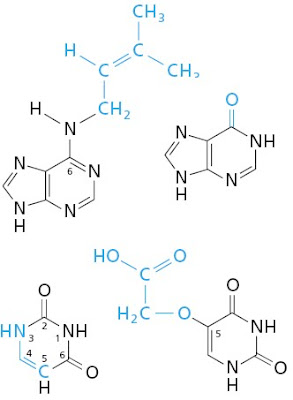I enjoyed Jonathan’s presentation about junk DNA at the link provided above. Let us presume that the genome does include junk. What does this have to do with the evidence for design found elsewhere, such as in the highly sophisticated, functionally integrated, information-processing machinery about which we know a great deal?You just can't make this stuff up.
I’m sure that Francis Collins is a very fine fellow. I have no doubt about his Christian conversion. (I underwent a similar one.) I have no doubt about his intellect or problem-solving IQ.
However, there is something missing in his reasoning, which basically goes like this:
A troglodyte discovers a car in a junkyard. The engine runs. The transmission works, and the car can be driven. But wait: The headlights don’t work and do nothing (of course, the troglodyte has no idea what a headlight is, but he sees such structures and assumes that they have no purpose).
Even if (and that’s a BIG if) the genome is full of junk (that is, degenerate stuff that provides no function), the existence of that junk has nothing to do with an inference to design from the stuff that is obviously not junk, but highly sophisticated technology.
Based upon my experience, design theorists are not the troglodytes who refuse to follow the evidence where it leads — Darwinists are.
There's an important point here. Up until now the IDiots have been drawing a line in the sand by claiming that junk DNA is inconsistent with Intelligent Design Creationism. Do I detect a bit of backpeddling?
[Image Credit: Troglodyte]









